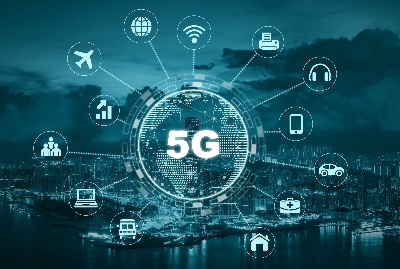
Absolutely, deploying a 5G network indeed requires meticulous planning across multiple domains. Here’s a more focused breakdown of the meticulous planning necessary for a successful 5G network deployment:
1. Strategic Planning – Business Objectives: Define clear business goals for deploying a 5G network. Consider how it aligns with customer needs, new service opportunities, and revenue generation.






– **Market Analysis**: Conduct thorough market research to analyze demand, competition, and potential use cases (e.g., streaming, gaming, smart cities, IoT applications).
### 2. **Network Design Specifications**
– **Topology Design**: Determine the appropriate network topology (e.g., centralized, distributed) to optimize coverage and performance based on geographic and demographic factors.
– **Capacity Planning**: Project user growth and service demand to ensure the network can handle peak loads effectively. This requires forecasting and analysis of traffic patterns.
### 3. **Site Surveys and Location Planning**
– **Radio Frequency (RF) Planning**: Conduct RF planning to determine the optimal placement of base stations and small cells. Analyze signal propagation, interference, and coverage areas.
– **Site Acquisition**: Develop a strategy for site acquisition, considering available locations (rooftops, poles, public spaces), regulatory requirements, and community engagement.
### 4. **Regulatory and Compliance Considerations**
– **Spectrum Allocation**: Understand national and local regulations regarding 5G spectrum. Engage with regulatory bodies to secure the necessary licenses for frequency bands.
– **Permit and Zoning Approval**: Navigate local zoning laws and building permits, which may require community meetings and environmental assessments.
### 5. **Infrastructure Development**
– **Backhaul Planning**: Design robust backhaul solutions to connect radio access points back to the core network, using either fiber optics or alternative technologies like microwave links.
– **Power Requirements**: Assess the power needs for new installations and plan for necessary electrical infrastructure at each site.
### 6. **Vendor and Technology Selection**
– **Equipment Procurement**: Select technology vendors based on performance, cost, reliability, and interoperability. Consider partnerships with leading equipment manufacturers and software developers.
– **Integration Capabilities**: Ensure that the chosen solutions can easily integrate with existing network elements (e.g., 4G, legacy systems) and future upgrades.
### 7. **Deployment Strategy**
– **Phased Approach**: Develop a phased rollout plan to gradually increase coverage and capacity. Start with pilot projects to test the technology and refine deployment strategies.
– **Cross-Functional Teams**: Foster collaboration between engineering, operations, marketing, and customer support teams to ensure synchronized efforts during deployment.
### 8. **Testing and Validation**
– **Field Trials**: Conduct thorough field testing to validate network performance, reliability, and user experience before full-scale rollout. Optimize based on feedback and results.
– **Benchmarking**: Establish benchmarks and KPIs to monitor performance during testing phases to ensure all operational parameters meet expected standards.
### 9. **Customer Engagement and Marketing**
– **Awareness Campaigns**: Launch marketing campaigns to inform customers about the benefits of 5G, addressing misconceptions and providing clear use cases.
– **Customer Feedback Loops**: Establish channels for ongoing customer feedback to continuously improve service quality and network performance post-deployment.
### 10. **Long-Term Management and Optimization**
– **Network Management Systems (NMS)**: Implement advanced NMS solutions for real-time monitoring, fault management, and performance analytics to enhance operational efficiency.
– **Capacity Evolution**: Plan for future scalability as technology evolves and demand grows, including potential infrastructure upgrades and addition of new spectrum bands.
### Conclusion
The deployment of a 5G network is a complex, multi-faceted process that requires careful and strategic planning. By considering these elements comprehensively, organizations can navigate the challenges of 5G deployment, leverage new technologies effectively, and create a network that delivers enhanced services to users while staying agile and responsive to future demands.


Leave a Reply